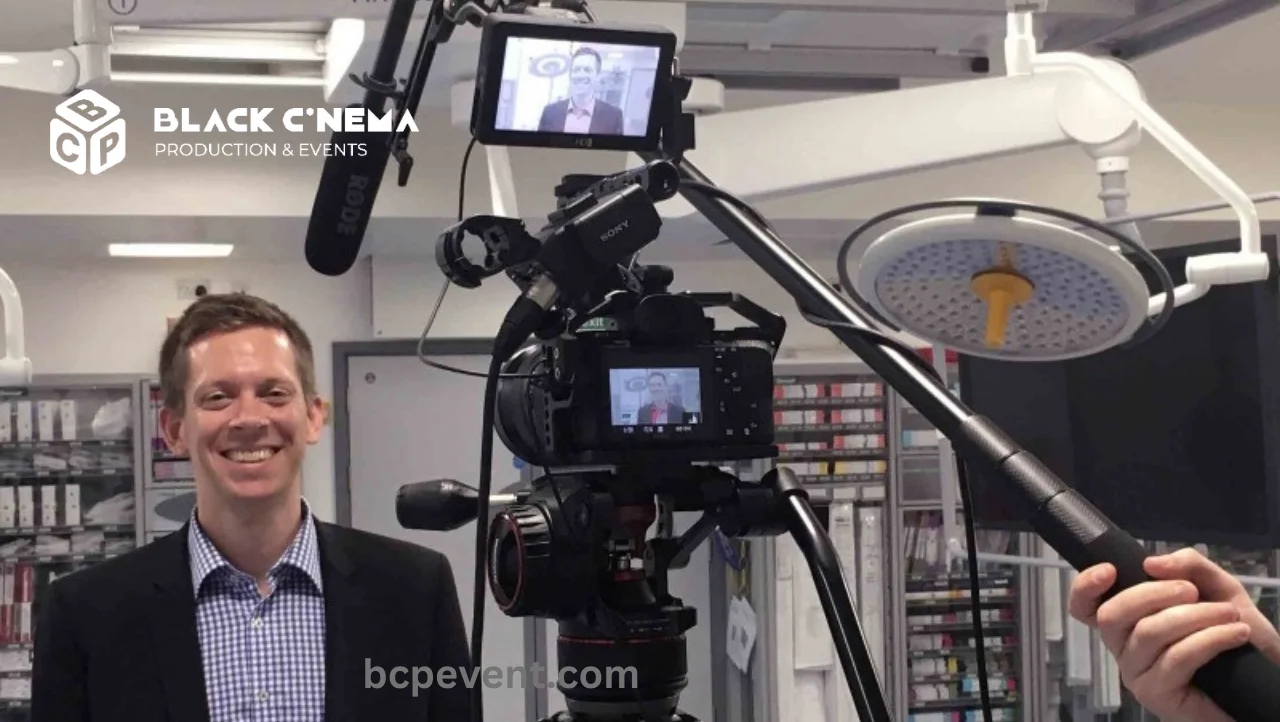
Best Key Elements to Consider When Choosing Location for Videography. Best Guide for choosing location for Videography. Videography guide and updates.
When choosing a location for videography, several key elements need to be considered to ensure a successful shoot and the creation of visually captivating footage. Here are the essential factors to keep in mind:
Relevance to the Project: The location should align with the concept and purpose of your video. Consider how the setting contributes to the story or message you want to convey. Whether it’s a natural environment, an urban landscape, or an indoor space, the location should be relevant and enhance the overall visual narrative.
Visual Appeal: Evaluate the aesthetics of the location and how it complements your desired visual style. Look for visually striking elements such as unique architecture, interesting textures, vibrant colors, or picturesque landscapes. A visually appealing location can add depth and interest to your videography, capturing the attention of your audience.
Lighting Conditions: Lighting plays a crucial role in videography. Assess the lighting conditions at the location during the time of your shoot. Consider the direction and intensity of natural light if shooting outdoors, and evaluate the availability of windows or artificial lighting if shooting indoors. Ensure that the lighting supports the desired mood and look you want to achieve.
Accessibility and Logistics: Consider the practical aspects of the location, including its accessibility for your crew, equipment, and talent. Evaluate factors such as parking availability, proximity to amenities, and ease of transportation. Ensure that the location allows for efficient setup, movement of equipment, and smooth operations during the shoot.
Noise and Sound Considerations: Pay attention to the ambient noise levels at the location. Consider any potential distractions or disturbances that may affect the audio quality of your footage. If sound recording is critical, choose a location with minimal background noise or the option to control and mitigate any unwanted sounds.
Other Elements For Videography
Permissions and Legal Considerations: Determine if you require any permits or permissions to shoot at the chosen location. Some public spaces, private properties, or iconic landmarks may have specific regulations or restrictions. Research and obtain the necessary permits in advance to ensure a smooth and legally compliant videography process.
Safety and Comfort: Prioritize the safety and comfort of your crew, talent, and any participants involved. Assess potential hazards or risks associated with the location, such as uneven terrain, unstable structures, or environmental factors. Choose a location that provides a safe shooting environment and consider amenities like restrooms, shelter, and areas for breaks.
Budget and Cost: Evaluate the financial feasibility of the location within your budget constraints. Some locations may require rental fees, additional insurance coverage, or other associated costs. Consider the overall expenses, including any travel or accommodation costs if shooting on a remote site, and ensure it aligns with your project’s financial resources.
Flexibility and Backup Options: Have backup location options in case of unexpected circumstances or issues with the primary location. Weather conditions, scheduling conflicts, or unforeseen obstacles may require an alternative plan. Being flexible and prepared with backup options will help you adapt and ensure the continuity of your videography project.
Scouting and Pre-production: Conduct thorough location scouting and pre-production planning. Visit the location in person, take test shots, and assess its suitability based on your specific videography requirements. This process will help you anticipate any challenges, plan the logistics, and make informed decisions about the location.
Considering these key elements when choosing a location for videography will contribute to a successful shoot and the creation of visually compelling footage. By carefully evaluating the relevance, visual appeal, practical considerations, and safety aspects, you can select a location that enhances your project’s overall quality and impact.







